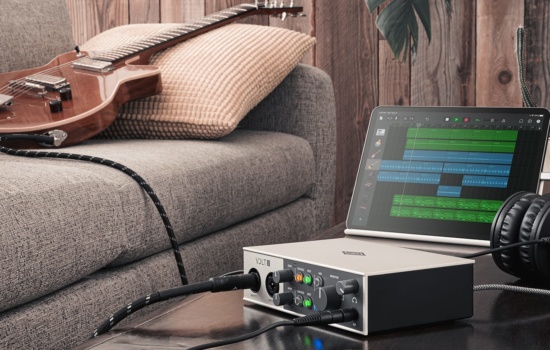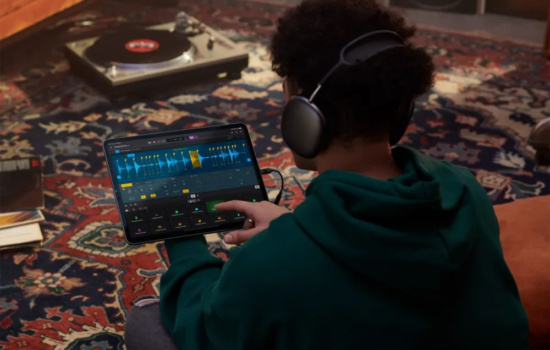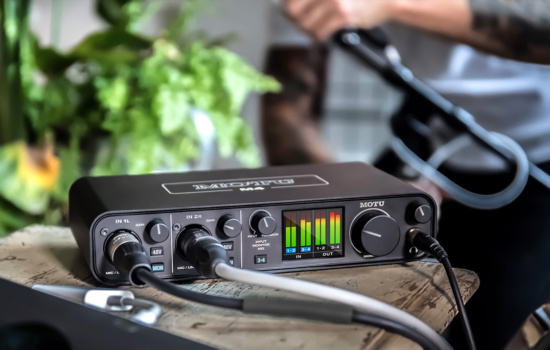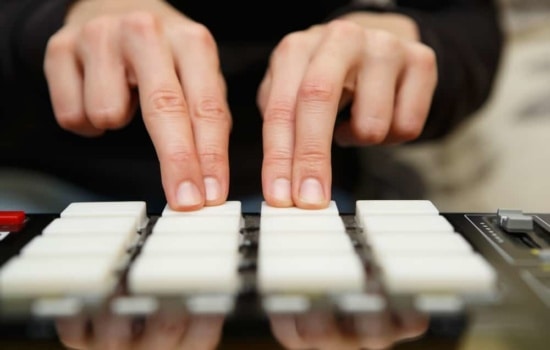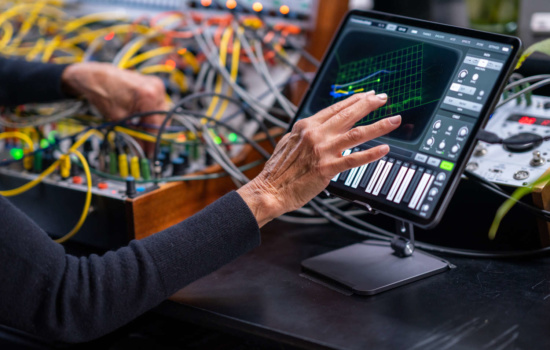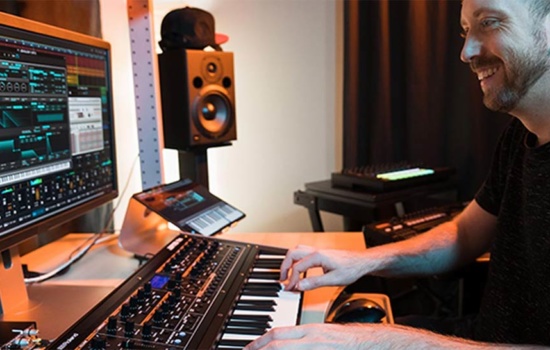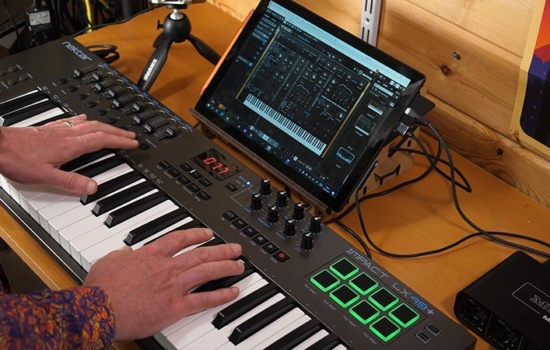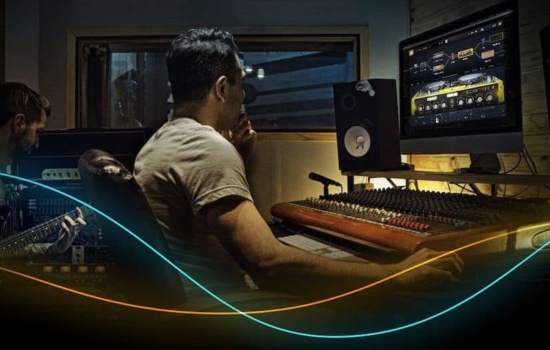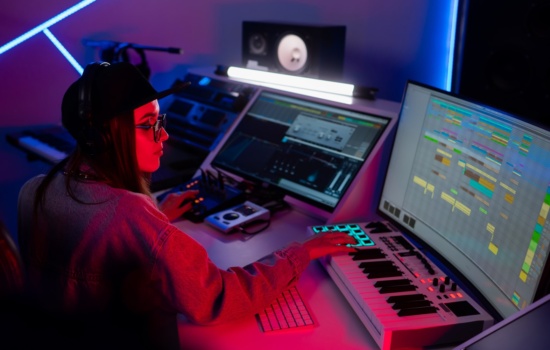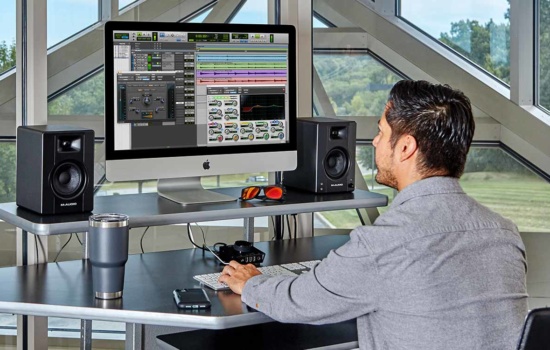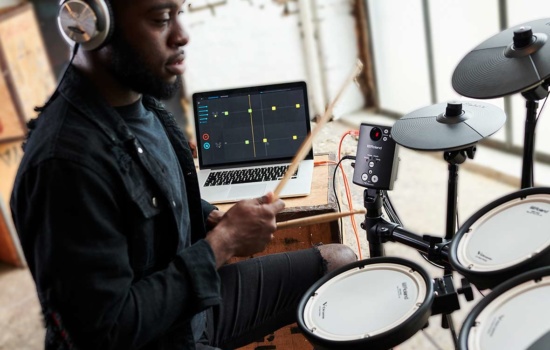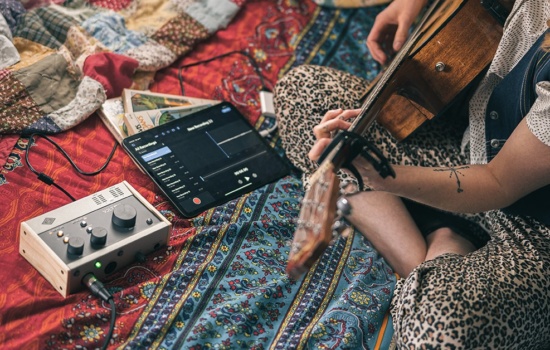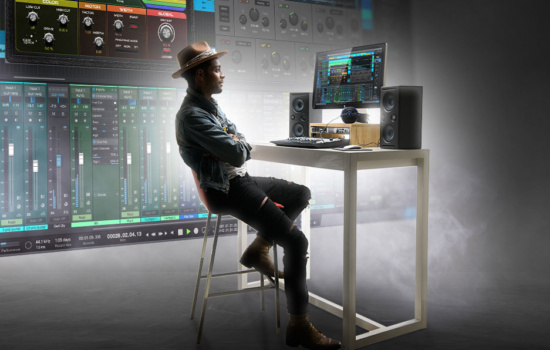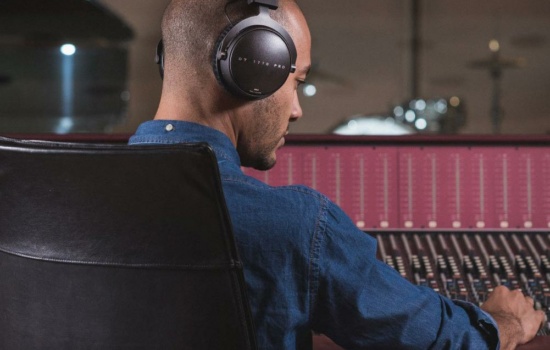Before you go out and buy acoustic panels and start hanging them up wherever they look cool, hold on a second. There’s actually a best and worst way to do this. The room you choose will determine how many acoustic panels you need and where to put them.
If you have a smaller room, you’ll need more absorption because sound waves bounce around the room quicker, leading to harsh ringing tones. However, you don’t want to put too many panels up and make the sound of the room completely dead. With bigger rooms, especially those with higher ceilings, you won’t need as many.
Really it comes down to each specific room — no two rooms are exactly alike. Even if they have the same dimensions, there will be different things in the room for the sound waves to bounce off of. You’ll want to test the sound in whatever room you’re using.
Do acoustic panels actually work?
Yes, when set up properly, acoustic panels help control the sound of your room. Acoustic panels absorb sound, allowing you to reduce the amount of reverberations inside the room, which you cannot remove from your recording. This leads to a recording with less room sound, allowing you to add your preferred level of artificial room sound with reverb effects. But panels only work well if you set them up in the right parts of your recording space.

